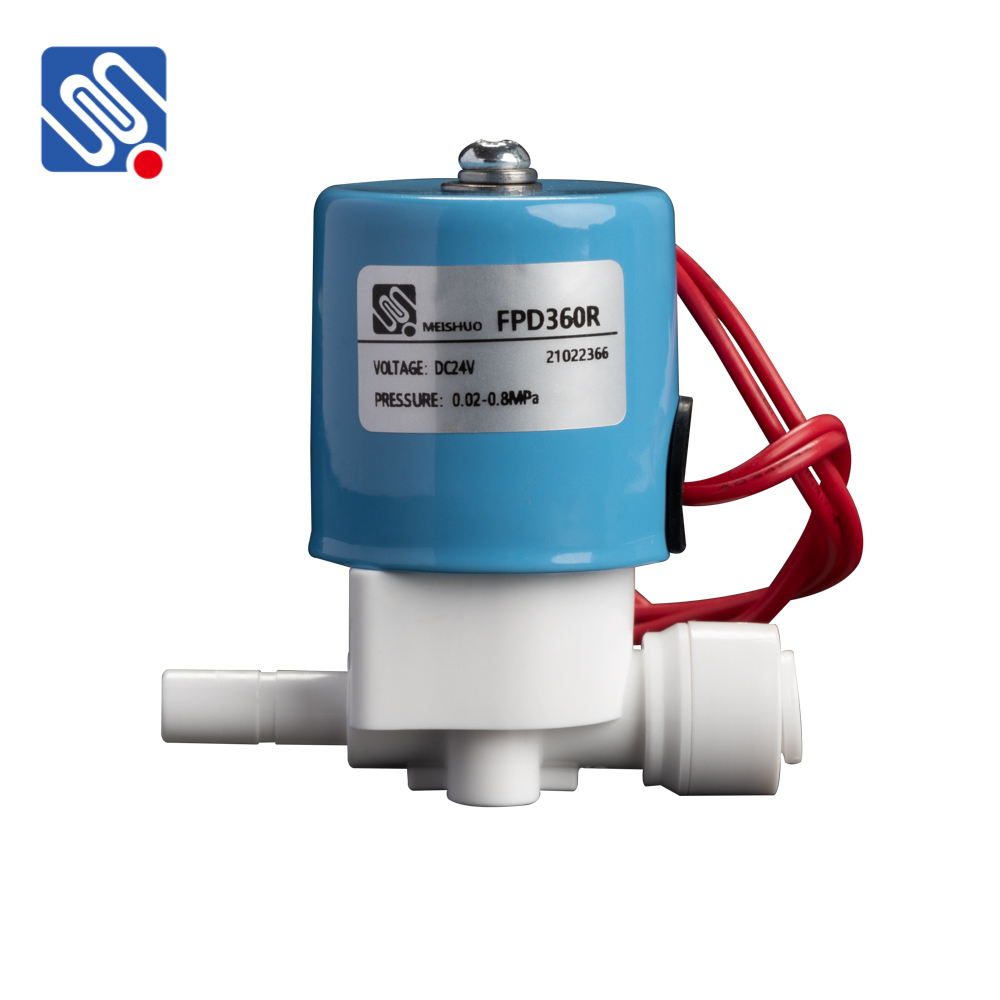A RoHS Compliant Solenoid Valve is a critical component in various modern industries where automation, precision, and environmental standards are a priority. As industries evolve, the demand for products that comply with environmental and safety regulations has surged. The Restriction of Hazardous Substances (RoHS) directive plays a key role in ensuring that products, including solenoid valves, are free from harmful substances. In this article, we will explore the significance of RoHS compliance, how it impacts solenoid valve design, and why it is important for both manufacturers and end-users.

What is a RoHS Compliant Solenoid Valve? A RoHS Compliant Solenoid Valve is an electromagnetic valve designed to control the flow of fluids such as water, air, or chemicals. These valves are operated by an electromagnet that opens or closes the valve depending on the electrical current supplied to it. The term “RoHS compliant” indicates that the solenoid valve adheres to the RoHS directive, which limits the use of specific hazardous materials. These materials include lead, mercury, cadmium, hexavalent chromium, and certain brominated flame retardants. A solenoid valve that meets RoHS requirements ensures that it does not contain these harmful substances, making it safer for both human health and the environment.